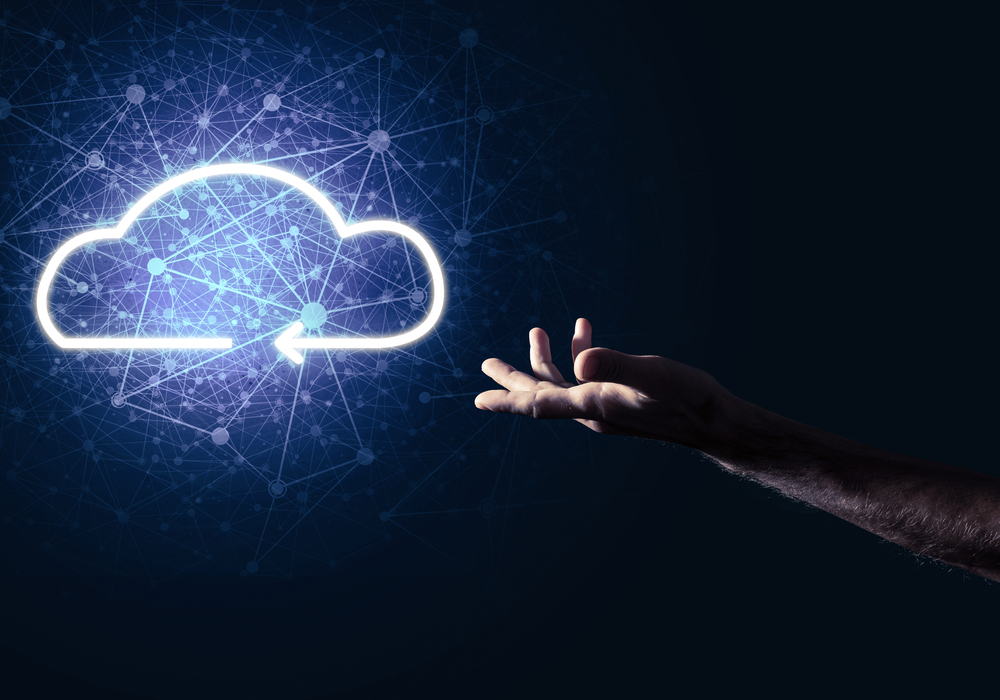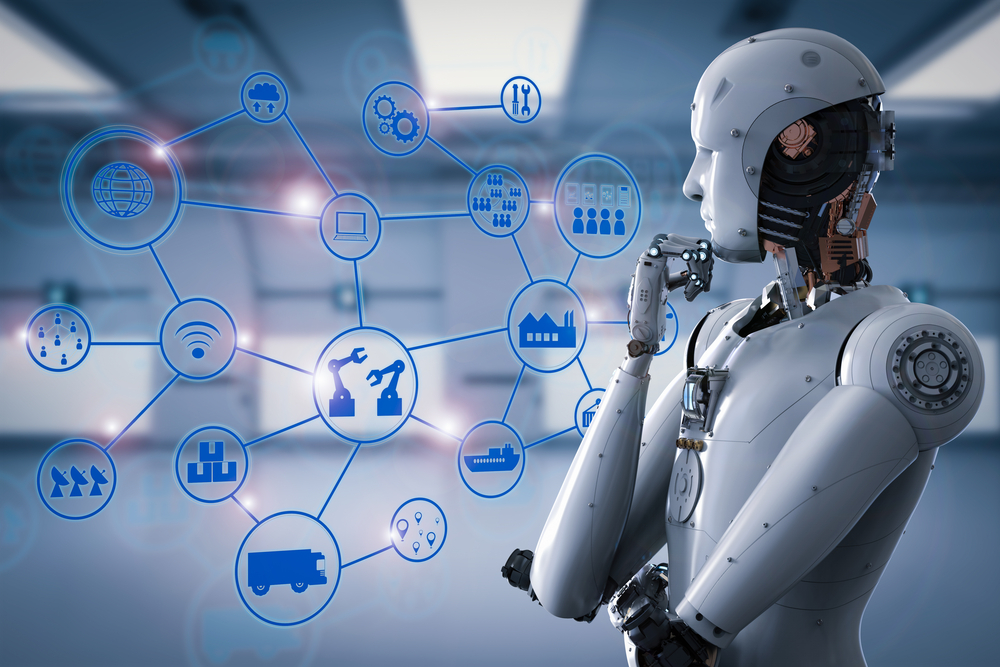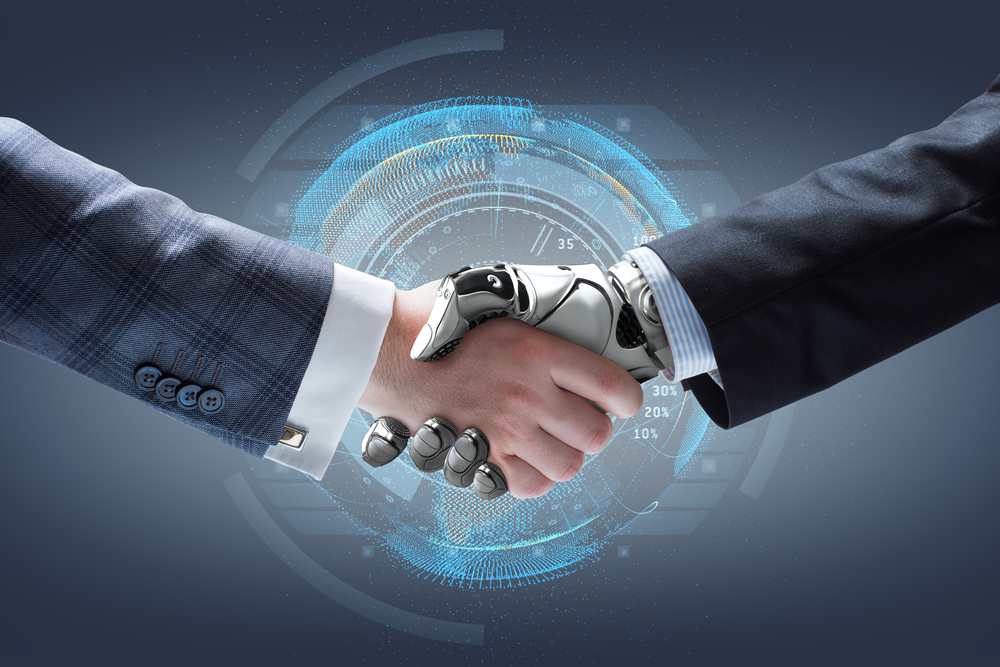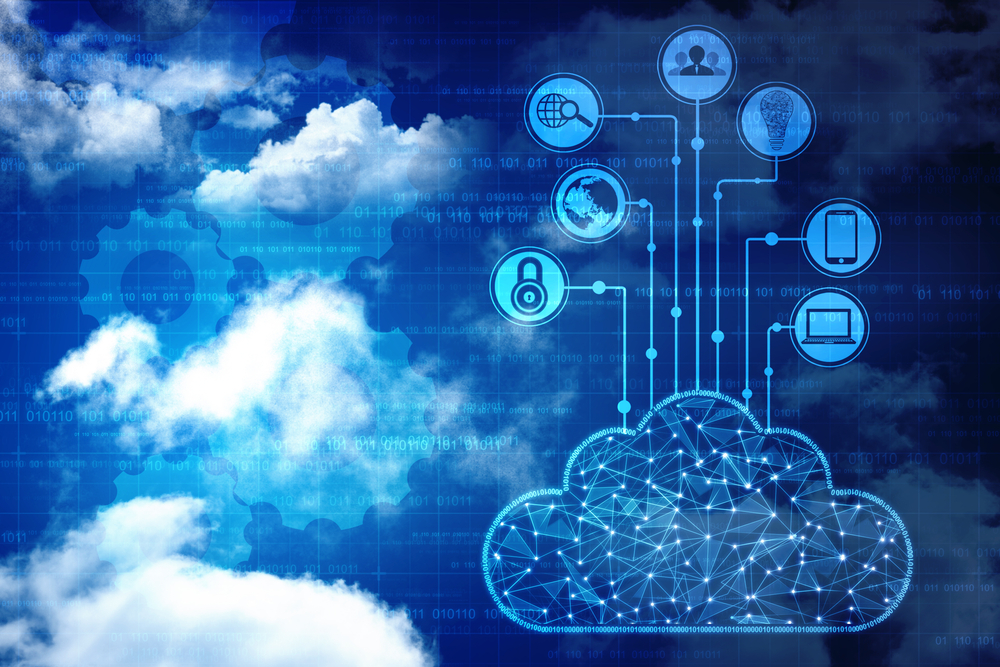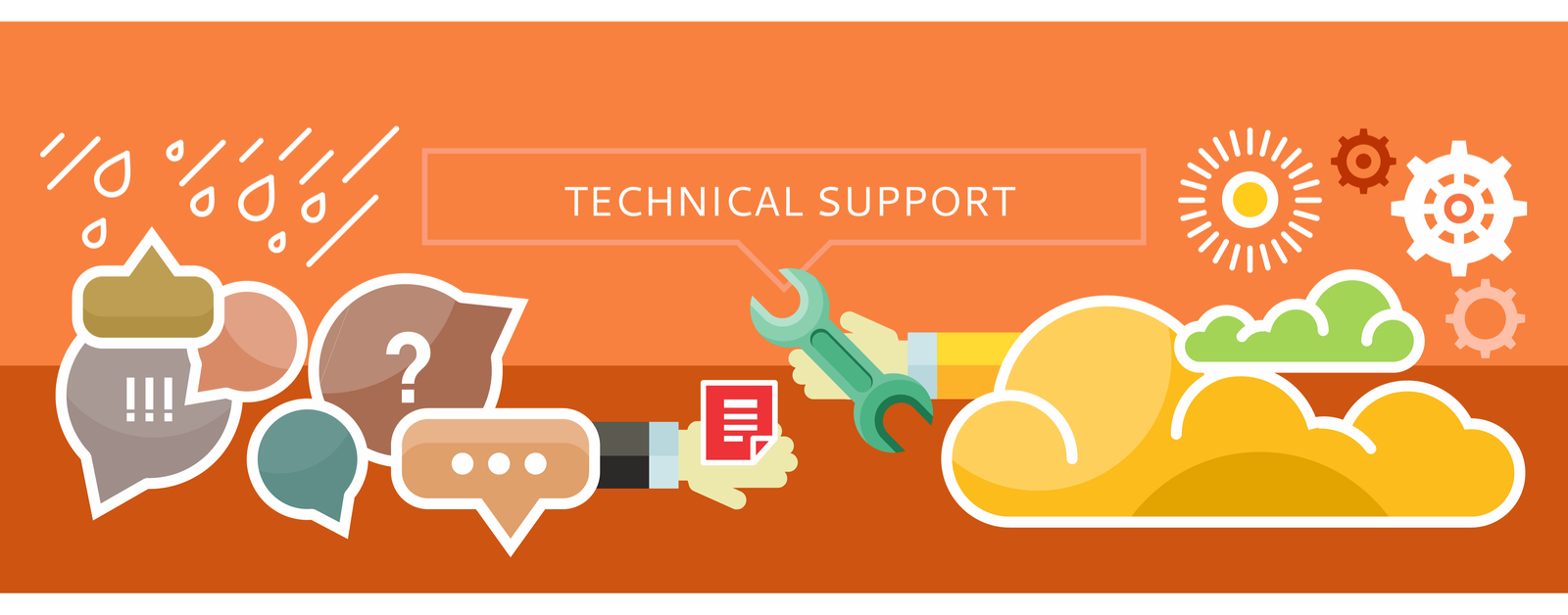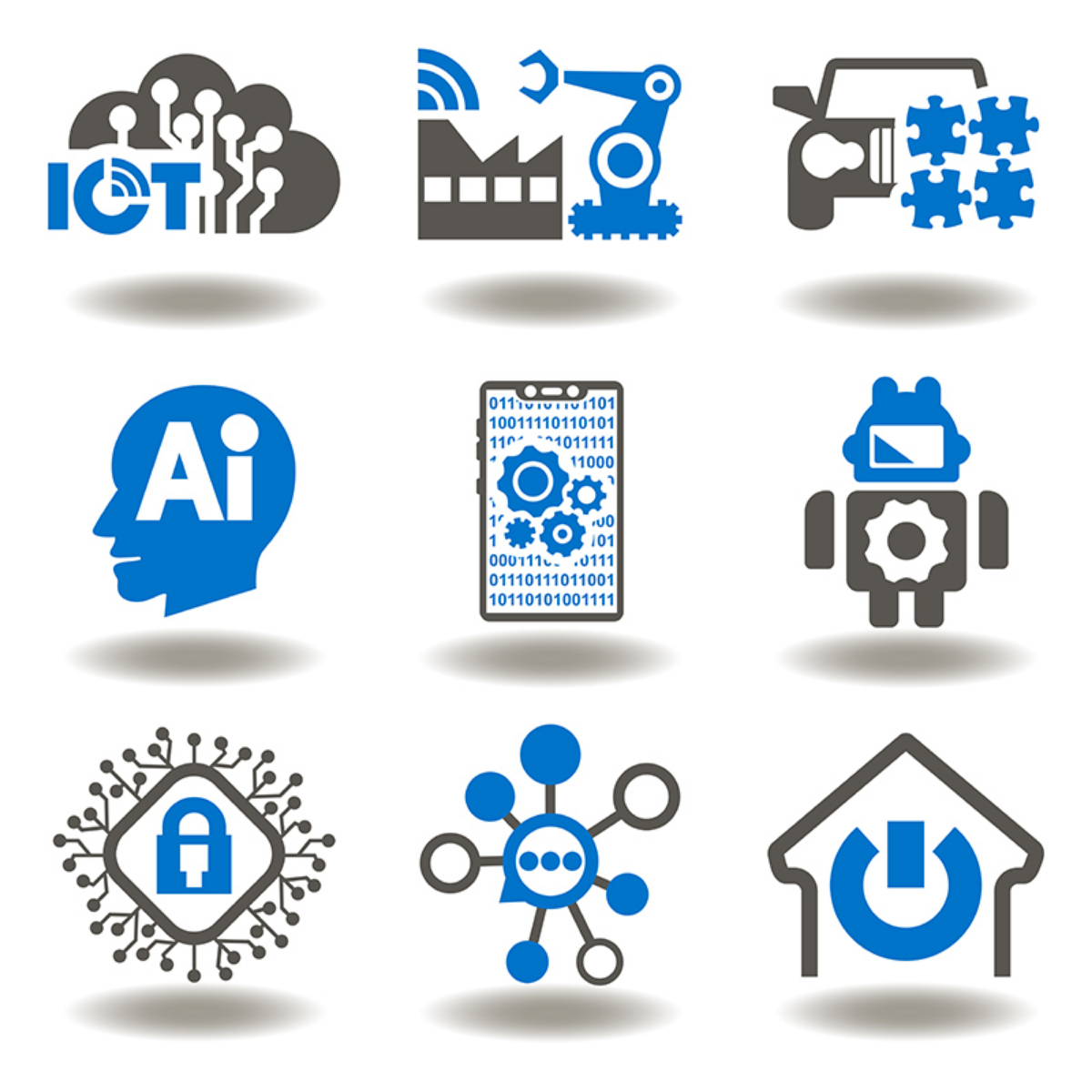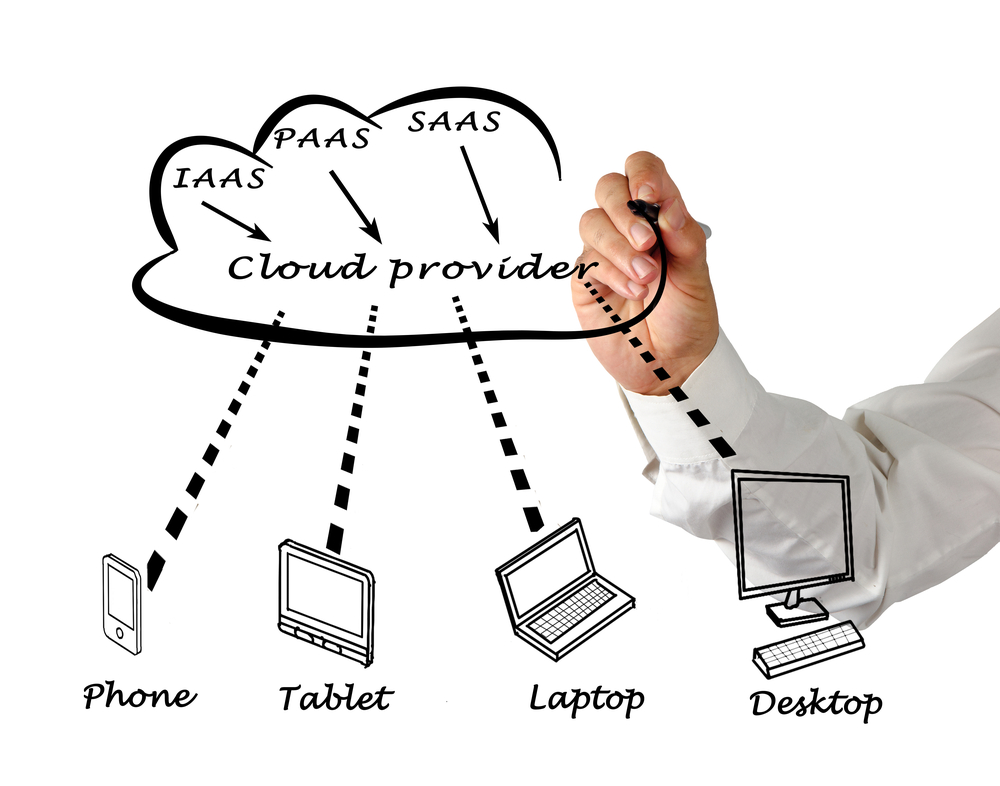The Cloud of Tomorrow
In mid-November this year I was part of a panel of global Cloud experts and engaged in a Tweet chat to discuss the future of the Cloud. In this the Cloud of Tomorrow tweet chat session we discussed the emerging technologies within the Cloud Computing ecosystem and how the Cloud is evolving from just being a place for setting up simple Web apps and infrastructure to a destination to enable enterprise grade and business critical scenarios including Hybrid Cloud, Machine Learning (ML), Artificial Intelligence (AI), IoT and Blockchain. The tweet chat was sponsored by HCL technologies and was hosted via their CIO Straight Talk Twitter handle.
Applications of Artificial Intelligence and Machine Learning
In today’s world of Cloud Computing creating Artificial Intelligence (AI) and Machine Learning (ML)based applications is becoming a reality for organizations of all sizes. Cloud providers such as Amazon, Microsoft, Google, IBM and Oracle et. al. are providing infrastructure, Cloud-based services and in some cases even consulting services to help companies to utilize Artificial Intelligence frameworks, Machine Learning, Big Data to build smart solutions which keep on getting better with continuous use. In this post I am going to review the applications of Artificial Intelligence and Machine Learning and factors involved in getting started with these in your organization.
Artificial Intelligence and Machine Learning
Artificial Intelligence and Machine Learning recently have become the buzzwords in today’s IT and the Cloud Computing era. It has now become possible even for smaller size companies to dabble in this field due to the advent in technology and availability of resources through the Cloud computing infrastructure offered by providers such as Amazon, Microsoft and Google to name a few.
What is Cloud Computing?
This blog post will answer the very basic question of what is Cloud Computing? This infographic post defines and explains Cloud Computing along with its uses and benefits. Along with that is also details the top three most used services in Cloud Computing including Software as a Service (SaaS), Infrastructure as a Service (IaaS) and Platform as a Service (PaaS). For more information on these three popular services check out my other blog post too. Three deployments models for Cloud services including Private Cloud, Public Cloud and Hybrid Cloud are also detailed.
CIO’s primer on IoT
In this CIO primer I am going to introduce IoT, starting from the basics, discussing the key questions and considerations for building an IoT strategy, highlighting top IoT cloud providers and then concentrating on the Azure offerings from Microsoft. IoT is one of the core technologies along with Cognitive Computing and Machine Learning which makes the core of many Digital Transformation initiatives going on in many enterprises around the globe. If you are interested in knowing how Cloud Computing and Digital transformation are interconnected then check out my other blog post about how Cloud computing is helping the digital transformation journey of many companies. Read More
Cloud Support – Whom are you going to call?
As you move your systems and resources to the Cloud, your internal IT support model will also evolve. Most of the support work which used to be done by your support personnel such as accessing the infrastructure, servers, and applications in the on-premise data centers will now be performed by The Cloud provider’s support and operational staff in their data centers. This is because as you setup servers, virtual machine and applications to the Cloud on the provider’s infrastructure it becomes their responsibility to manage and maintain these servers and associated resources.
How is Cloud Computing helping the Digital Transformation journey of many companies?
Cloud Computing is an enabler for all things which we knew how to do but we didn’t have the infrastructure or the computing resources to accomplish. With multiple Cloud providers out there including Amazon, Microsoft and Google with their global data centers and massive compute power, it is now possible for companies of all sizes from small to large enterprises to tap into that compute capacity and execute their Cloud strategy to enable their business scenarios. Certain key technologies which have gained prominence and become the industry’s buzz words lately include Cognitive Computing, Machine Learning (ML), Artificial Intelligence (AI) and Internet of Things (IoT). These core technologies are playing a big part in helping many organizations in their Digital Transformation journey.
Stop wasting money in the Cloud
Cloud costs and spend is going up for SMB and Enterprise customers across the board as companies initiate experiments in the Cloud to moving from experimentation to setting up and migrating production workloads. Along with this increase in Cloud investment, proportionately the Cloud spend waste is also going up. In this post we are going to outline some common Cloud utilization scenarios which may lead to cloud spend waste. Along with that we will also offer guidance and recommend some tools to optimize Cloud costs.
The Rise of Alibaba Cloud (AliYun)
A little history
Alibaba Cloud is an Alibaba Group company, headquartered in Hangzhou China and is the top provider of Cloud computing services in China. Alibaba launched its cloud business back in 2009, just three years after Amazon unveiled AWS. Alibaba Cloud or “AliYun” made an investment of $1B in 2015 to get more focused in competing with the big Cloud providers. The ROI on that investment is showing up now as it is being ranked in the top five or six top global cloud providers list according to two separate industry reports. At home in China, it is the #1 cloud provider with over 40% market share along with Microsoft and AWS are which are in the top five list. Recently Alibaba Cloud made a big splash in the media with their recent cloud offerings to non-Chinese customers in Europe. Read More
Understanding cloud service models: SaaS, PaaS and IaaS
Cloud providers such as Microsoft, Amazon, Google and others offer cloud services through their data centers to their customers via thin clients and other existing legacy apps. Cloud customers don’t need to have servers installed on-premises and can just sign up with the provider to get all the services alternatively from the provider’s servers in their data centers located globally. Majority of these cloud services can be grouped into three service models: Software as a Service (SaaS), Platform as a Service (PaaS) and Infrastructure as a Service (IaaS). These are primarily the basic build blocks of cloud computing and all granular services, offered by the cloud providers, are mapped to one of these models. As an example if you are using Google Docs, which is part of G Suite, you are utilizing the Software as a Service (SaaS) model. All the Cloud services are subscription based where you pay a monthly fee depending on the service and usage of that particular service. This is completely different than the traditional model of paying for software licenses and services upfront.
Join our Mailing List
Subscribe to our mailing list and get additional information on Digital Transformation, Cloud, AI, ML, IoT, Emerging Technologies, Education, Training and other related topics
Thank you for subscribing.
Something went wrong.
